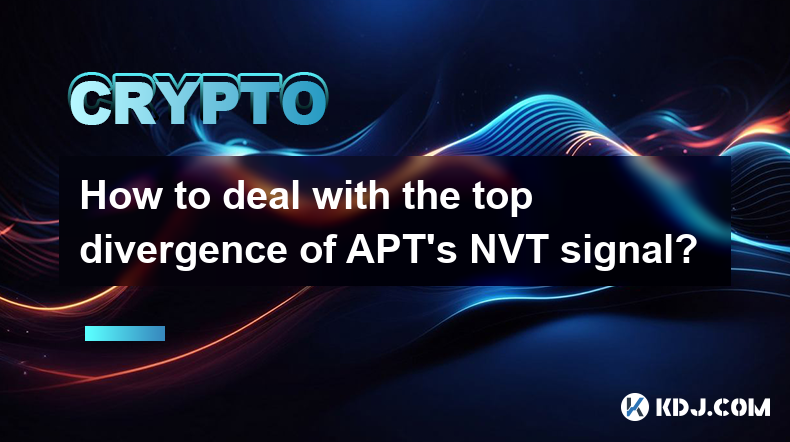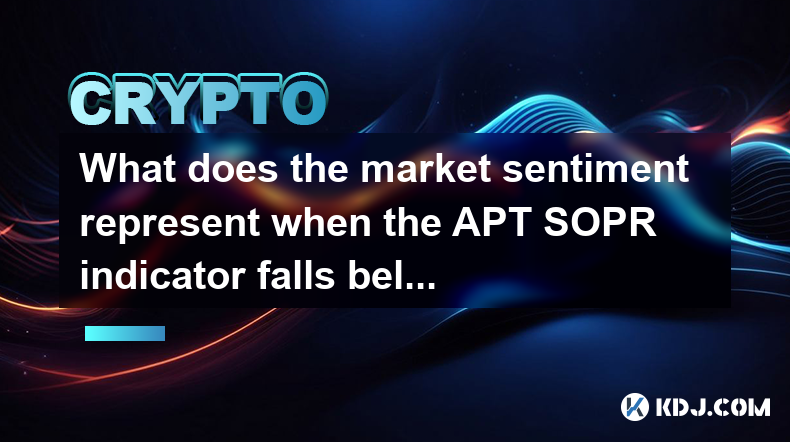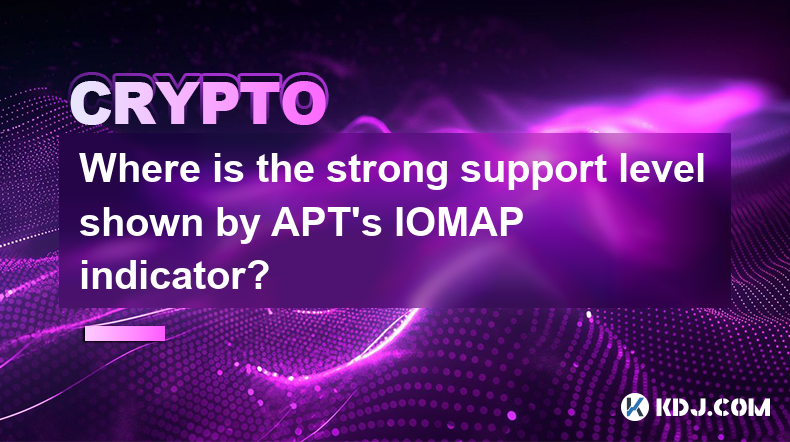-
 Bitcoin
Bitcoin $93,398.7639
-1.08% -
 Ethereum
Ethereum $1,771.2155
-2.55% -
 Tether USDt
Tether USDt $1.0006
0.02% -
 XRP
XRP $2.2409
3.09% -
 BNB
BNB $601.5463
-0.16% -
 Solana
Solana $145.9279
-1.28% -
 USDC
USDC $1.0002
0.01% -
 Dogecoin
Dogecoin $0.1762
-2.04% -
 Cardano
Cardano $0.6916
-1.83% -
 TRON
TRON $0.2445
-2.92% -
 Sui
Sui $3.4797
-0.21% -
 Chainlink
Chainlink $14.4829
-1.77% -
 Avalanche
Avalanche $21.3407
-4.47% -
 Stellar
Stellar $0.2833
-2.56% -
 UNUS SED LEO
UNUS SED LEO $9.0777
0.51% -
 Toncoin
Toncoin $3.2387
-2.80% -
 Hedera
Hedera $0.1900
-0.04% -
 Shiba Inu
Shiba Inu $0.0...01340
-3.30% -
 Bitcoin Cash
Bitcoin Cash $344.7484
-3.26% -
 Litecoin
Litecoin $84.7451
-2.06% -
 Polkadot
Polkadot $4.0638
-2.86% -
 Hyperliquid
Hyperliquid $17.2243
-3.32% -
 Dai
Dai $1.0001
0.00% -
 Bitget Token
Bitget Token $4.2818
-3.07% -
 Monero
Monero $267.8723
15.41% -
 Ethena USDe
Ethena USDe $0.9995
0.00% -
 Pi
Pi $0.6205
-3.93% -
 Pepe
Pepe $0.0...08759
-3.14% -
 Uniswap
Uniswap $5.4055
-7.01% -
 Aptos
Aptos $5.3327
-3.69%
What licenses do Bitcoin payment platforms need to operate legally?
Operating a Bitcoin payment platform requires navigating complex regulatory landscapes, obtaining licenses like the U.S. Money Transmitter License, EU Payment Institution License, and others specific to each jurisdiction.
Apr 21, 2025 at 03:49 am

Operating a Bitcoin payment platform involves navigating a complex landscape of regulatory requirements that vary significantly by jurisdiction. To ensure that your platform operates legally, it is essential to understand and obtain the necessary licenses. This article will delve into the key licenses required for Bitcoin payment platforms, focusing on some of the most common jurisdictions.
Understanding the Need for Licenses
Operating a Bitcoin payment platform without the proper licenses can lead to severe legal repercussions, including fines and shutdowns. Licenses are crucial as they ensure that platforms adhere to anti-money laundering (AML) and know-your-customer (KYC) regulations, which are designed to prevent illegal activities such as money laundering and terrorist financing. By obtaining these licenses, platforms demonstrate their commitment to compliance and security, fostering trust among users and regulatory bodies.
Money Transmitter License in the United States
In the United States, one of the most critical licenses for a Bitcoin payment platform is the Money Transmitter License (MTL). This license is required at both the federal and state levels, and the requirements can vary significantly from one state to another.
Federal Level: At the federal level, platforms must register with the Financial Crimes Enforcement Network (FinCEN) as a Money Services Business (MSB). This involves submitting a registration form and paying a fee. Additionally, platforms must comply with the Bank Secrecy Act (BSA), which mandates the implementation of AML and KYC policies.
State Level: On a state level, the requirements for an MTL can differ widely. For instance, states like New York require a BitLicense, which is specifically designed for businesses dealing with cryptocurrencies. To obtain a BitLicense, platforms must submit a detailed application, including business plans, compliance policies, and financial statements. The application process can be lengthy and costly, but it is essential for operating legally in New York.
Payment Institution License in the European Union
In the European Union, Bitcoin payment platforms must comply with the Payment Services Directive (PSD2), which requires a Payment Institution License. This license ensures that platforms adhere to strict regulations regarding payment processing, consumer protection, and data security.
Application Process: To obtain a Payment Institution License, platforms must submit an application to the relevant national authority in the EU member state where they wish to operate. The application typically includes detailed information about the business, its management, and its compliance policies. The authority will review the application and may conduct an on-site inspection before granting the license.
Compliance Requirements: Once licensed, platforms must adhere to ongoing compliance requirements, such as maintaining adequate capital reserves, implementing robust AML and KYC procedures, and reporting suspicious transactions to the relevant authorities.
Financial Services Provider License in Australia
In Australia, Bitcoin payment platforms must obtain a Financial Services Provider (FSP) License from the Australian Securities and Investments Commission (ASIC). This license is required for businesses that provide financial services, including those related to cryptocurrencies.
Licensing Requirements: To apply for an FSP License, platforms must submit a detailed application to ASIC, including information about their business operations, financial status, and compliance policies. The application process involves a thorough review by ASIC, which may include interviews and on-site inspections.
Ongoing Obligations: Once licensed, platforms must comply with ongoing obligations, such as maintaining adequate financial resources, implementing effective AML and KYC measures, and reporting any significant changes to their business to ASIC.
Virtual Asset Service Provider Registration in Japan
Japan has been at the forefront of cryptocurrency regulation, requiring Bitcoin payment platforms to register as Virtual Asset Service Providers (VASPs) with the Financial Services Agency (FSA). This registration process is rigorous and designed to ensure that platforms operate securely and transparently.
Registration Process: To register as a VASP, platforms must submit a detailed application to the FSA, including information about their business operations, security measures, and compliance policies. The FSA conducts a thorough review of the application, which may include on-site inspections and interviews with key personnel.
Compliance Requirements: Once registered, platforms must adhere to strict compliance requirements, such as implementing robust security measures to protect user funds, maintaining adequate capital reserves, and reporting suspicious transactions to the FSA. Additionally, platforms must undergo regular audits to ensure ongoing compliance with regulatory standards.
Money Service Business License in Canada
In Canada, Bitcoin payment platforms must obtain a Money Service Business (MSB) License from the Financial Transactions and Reports Analysis Centre of Canada (FINTRAC). This license is required for businesses that engage in money services, including those related to cryptocurrencies.
Licensing Requirements: To apply for an MSB License, platforms must submit a detailed application to FINTRAC, including information about their business operations, ownership structure, and compliance policies. The application process involves a thorough review by FINTRAC, which may include background checks on key personnel.
Compliance Obligations: Once licensed, platforms must comply with ongoing obligations, such as implementing effective AML and KYC measures, maintaining detailed records of transactions, and reporting any suspicious activities to FINTRAC. Additionally, platforms must undergo regular audits to ensure compliance with regulatory standards.
Frequently Asked Questions
Q: Can a Bitcoin payment platform operate globally with just one license?
A: No, a Bitcoin payment platform typically needs to obtain licenses in each jurisdiction where it operates. Regulatory requirements vary significantly by country, and operating without the necessary licenses can lead to legal issues.
Q: How long does it typically take to obtain a Money Transmitter License in the United States?
A: The time it takes to obtain a Money Transmitter License can vary widely depending on the state. On average, the process can take anywhere from a few months to over a year, depending on the complexity of the application and the thoroughness of the review process.
Q: Are there any exemptions for Bitcoin payment platforms from obtaining certain licenses?
A: Some jurisdictions offer exemptions or simplified licensing processes for certain types of businesses. For example, in the EU, small payment institutions may be exempt from certain requirements of the Payment Institution License. However, these exemptions are rare and typically come with strict conditions.
Q: What happens if a Bitcoin payment platform fails to comply with licensing requirements?
A: Failure to comply with licensing requirements can result in severe penalties, including fines, legal action, and the shutdown of the platform. Regulatory bodies take non-compliance very seriously, as it can pose significant risks to consumers and the financial system.
Disclaimer:info@kdj.com
The information provided is not trading advice. kdj.com does not assume any responsibility for any investments made based on the information provided in this article. Cryptocurrencies are highly volatile and it is highly recommended that you invest with caution after thorough research!
If you believe that the content used on this website infringes your copyright, please contact us immediately (info@kdj.com) and we will delete it promptly.
- XCN price may continue its upward trend
- 2025-04-28 10:20:13
- Mutuum Finance (MUTM) Price Push Attracts Investors to Identify Undervalued Assets
- 2025-04-28 10:20:13
- Swiss National Bank Chairman Warns Bitcoin's 'Very High' Volatility Risks Currency Stability
- 2025-04-28 10:15:35
- BTC price holds steady at $93810, market capitalization reaches $1.86T
- 2025-04-28 10:15:35
- Alphabet Inc. (GOOG, GOOGL) Shares Are Worth at Least 29% More, Worth Buying the Dip
- 2025-04-28 10:10:13
- Rivian (NASDAQ: RIVN) stock is down 93% from its all-time high
- 2025-04-28 10:10:13
Related knowledge

What does the divergence between APT's OBV indicator and price indicate?
Apr 25,2025 at 01:28pm
What does the divergence between APT's OBV indicator and price indicate? The divergence between the On-Balance Volume (OBV) indicator and the price of APT (Aptos) can provide significant insights into the potential future movements of the cryptocurrency. Understanding this divergence is crucial for traders and investors looking to make informed decision...

How to deal with the top divergence of APT's NVT signal?
Apr 26,2025 at 04:43am
The NVT (Network Value to Transactions) ratio is a fundamental metric used in the cryptocurrency space to assess the value of a cryptocurrency relative to the on-chain transaction volume. For the cryptocurrency APT, understanding and dealing with the top divergence of its NVT signal is crucial for investors and traders. This article will delve into the ...

What does the market sentiment represent when the APT SOPR indicator falls below 1?
Apr 25,2025 at 08:22pm
The APT SOPR (Adjusted Spent Output Profit Ratio) indicator is a crucial metric in the cryptocurrency market, particularly for analyzing the profitability of transactions on the blockchain. When the APT SOPR falls below 1, it represents a specific market sentiment that investors and analysts closely monitor. Let's delve into what this indicator signifie...

Is it necessary to clear the position when the APT hash band shows a death cross?
Apr 27,2025 at 03:22am
When trading cryptocurrencies, technical indicators play a crucial role in helping traders make informed decisions. One such indicator is the APT hash band, and a specific pattern that traders often watch out for is the 'death cross.' The question of whether it is necessary to clear your position when the APT hash band shows a death cross is nuanced and...

Where is the strong support level shown by APT's IOMAP indicator?
Apr 25,2025 at 05:01am
The IOMAP (In/Out of the Money Around Price) indicator is a powerful tool used in the cryptocurrency market to identify potential support and resistance levels. For the cryptocurrency APT (Aptos), the IOMAP indicator can provide insights into where strong support levels might be located. This article will delve into the specifics of the IOMAP indicator,...

What does it mean when the APT monthly closing price breaks through the previous high?
Apr 25,2025 at 05:28pm
When the APT monthly closing price breaks through the previous high, it signifies a significant milestone in the cryptocurrency market. APT, or Aptos, is a relatively new player in the crypto space, and its price movements can offer valuable insights into market sentiment and potential future trends. In this article, we will delve into what it means whe...

What does the divergence between APT's OBV indicator and price indicate?
Apr 25,2025 at 01:28pm
What does the divergence between APT's OBV indicator and price indicate? The divergence between the On-Balance Volume (OBV) indicator and the price of APT (Aptos) can provide significant insights into the potential future movements of the cryptocurrency. Understanding this divergence is crucial for traders and investors looking to make informed decision...

How to deal with the top divergence of APT's NVT signal?
Apr 26,2025 at 04:43am
The NVT (Network Value to Transactions) ratio is a fundamental metric used in the cryptocurrency space to assess the value of a cryptocurrency relative to the on-chain transaction volume. For the cryptocurrency APT, understanding and dealing with the top divergence of its NVT signal is crucial for investors and traders. This article will delve into the ...

What does the market sentiment represent when the APT SOPR indicator falls below 1?
Apr 25,2025 at 08:22pm
The APT SOPR (Adjusted Spent Output Profit Ratio) indicator is a crucial metric in the cryptocurrency market, particularly for analyzing the profitability of transactions on the blockchain. When the APT SOPR falls below 1, it represents a specific market sentiment that investors and analysts closely monitor. Let's delve into what this indicator signifie...

Is it necessary to clear the position when the APT hash band shows a death cross?
Apr 27,2025 at 03:22am
When trading cryptocurrencies, technical indicators play a crucial role in helping traders make informed decisions. One such indicator is the APT hash band, and a specific pattern that traders often watch out for is the 'death cross.' The question of whether it is necessary to clear your position when the APT hash band shows a death cross is nuanced and...

Where is the strong support level shown by APT's IOMAP indicator?
Apr 25,2025 at 05:01am
The IOMAP (In/Out of the Money Around Price) indicator is a powerful tool used in the cryptocurrency market to identify potential support and resistance levels. For the cryptocurrency APT (Aptos), the IOMAP indicator can provide insights into where strong support levels might be located. This article will delve into the specifics of the IOMAP indicator,...

What does it mean when the APT monthly closing price breaks through the previous high?
Apr 25,2025 at 05:28pm
When the APT monthly closing price breaks through the previous high, it signifies a significant milestone in the cryptocurrency market. APT, or Aptos, is a relatively new player in the crypto space, and its price movements can offer valuable insights into market sentiment and potential future trends. In this article, we will delve into what it means whe...
See all articles























































































